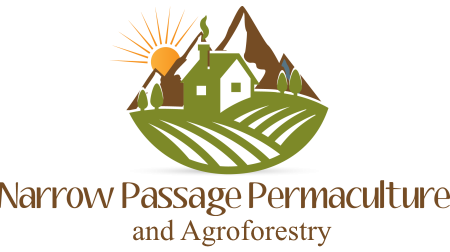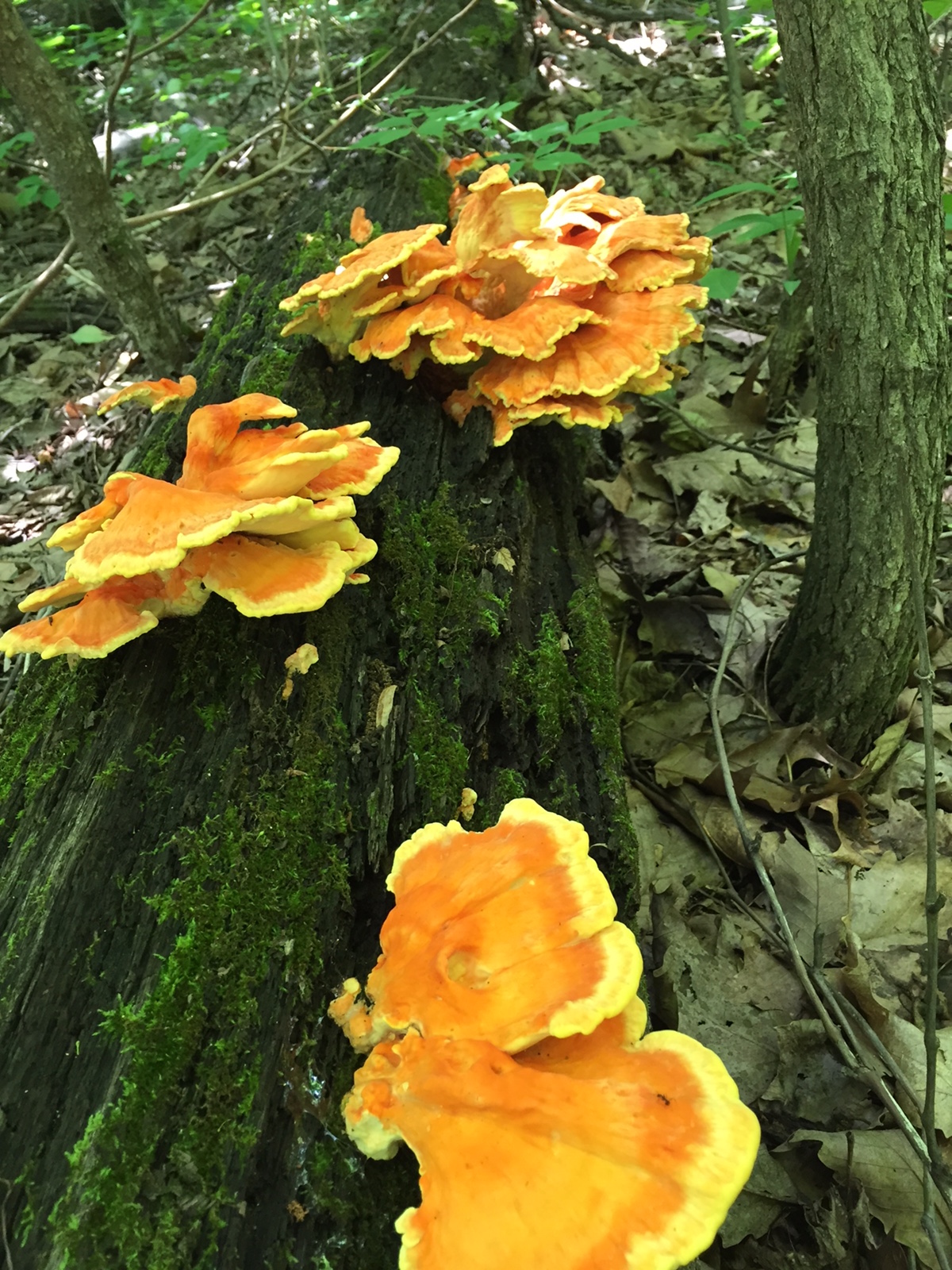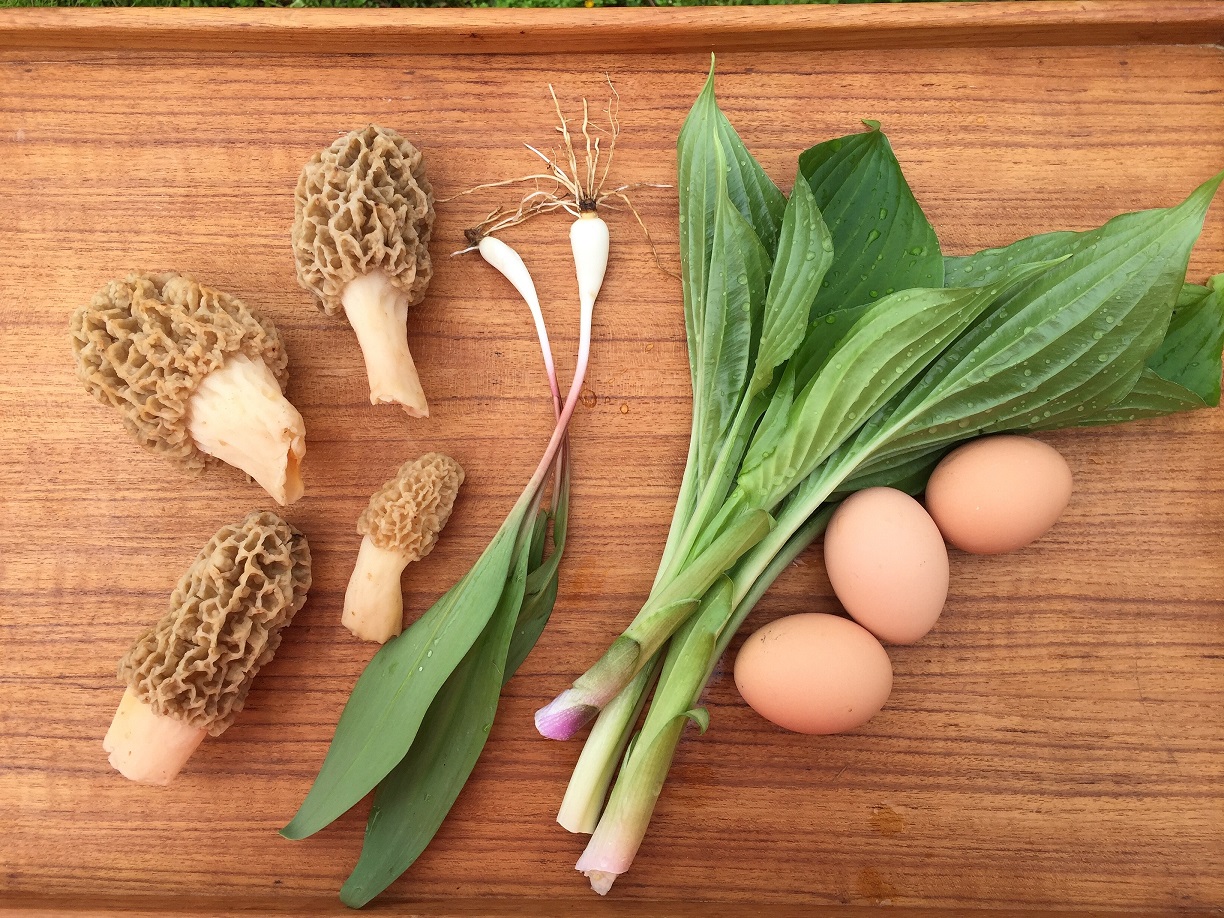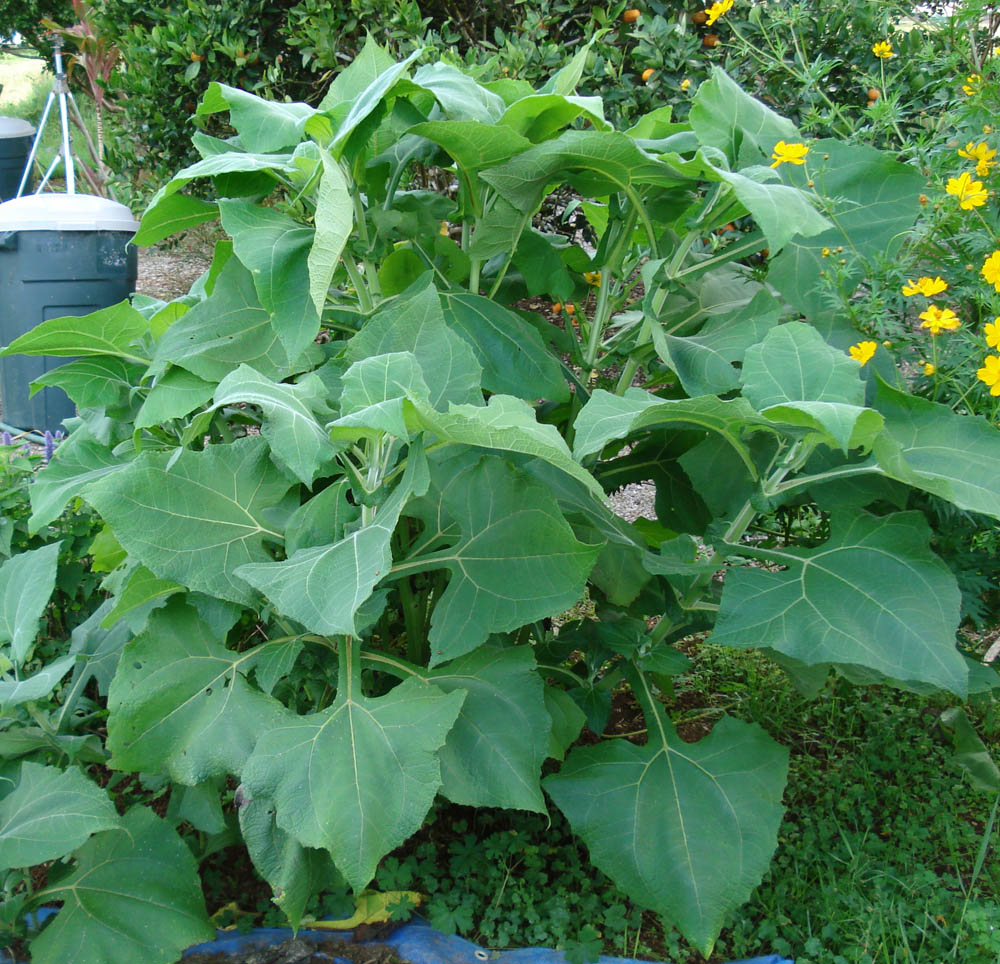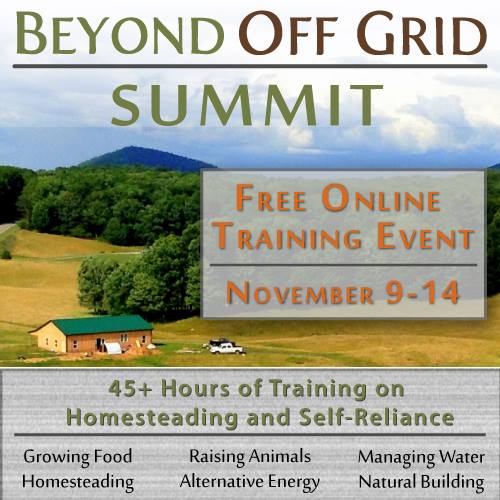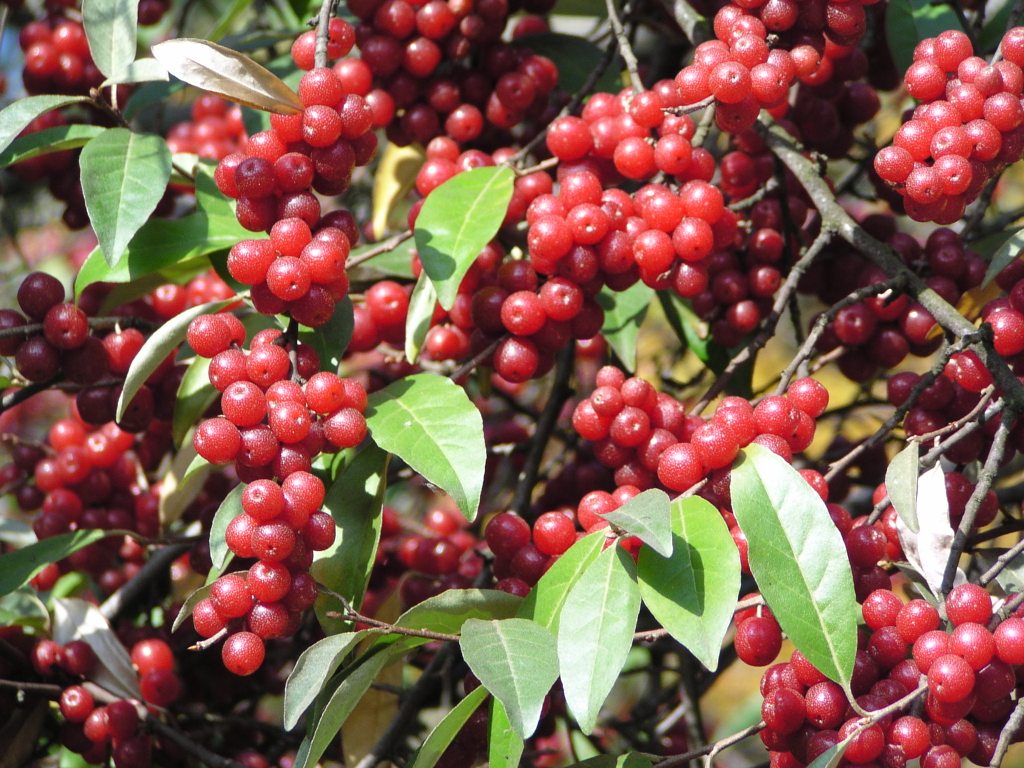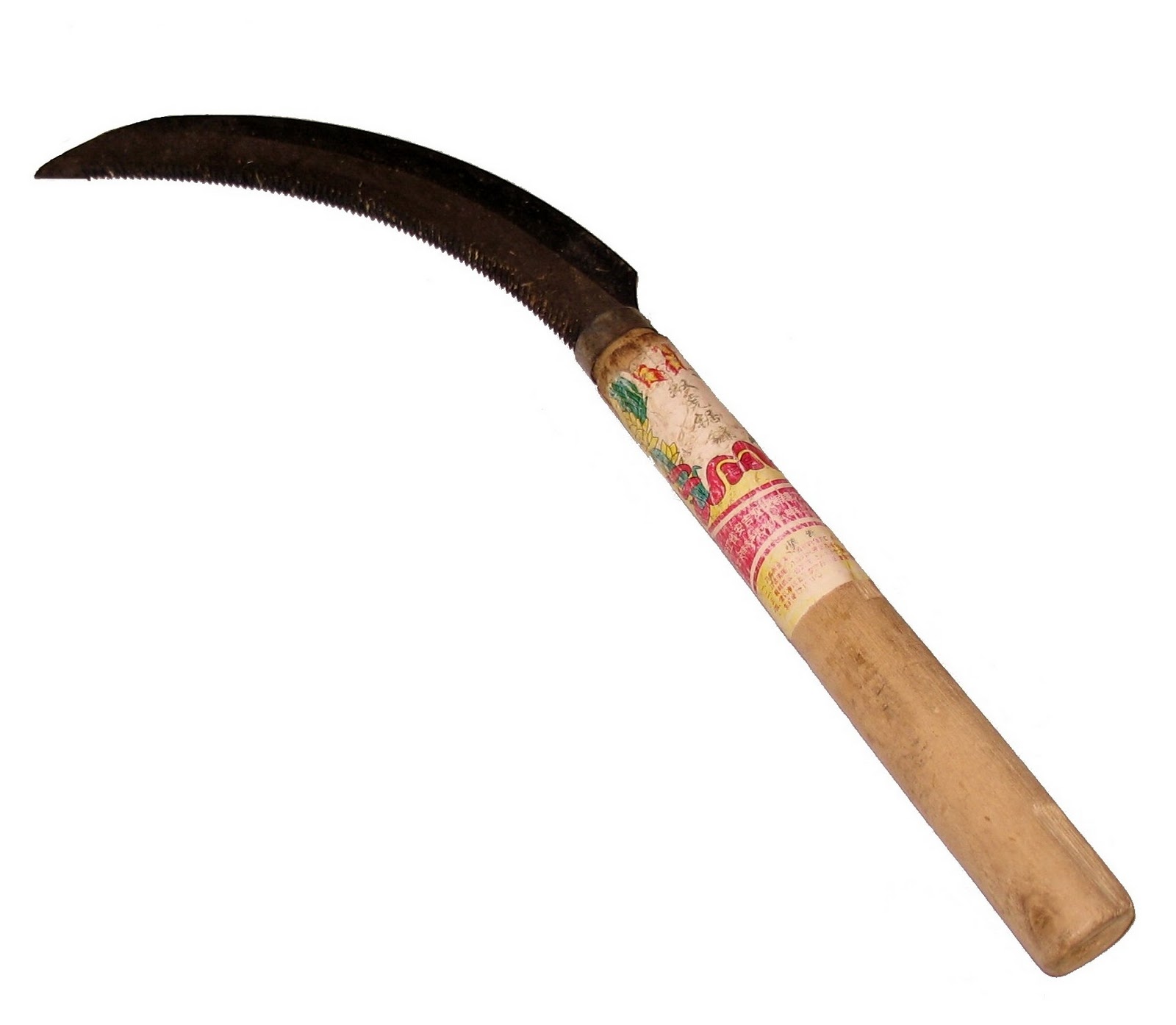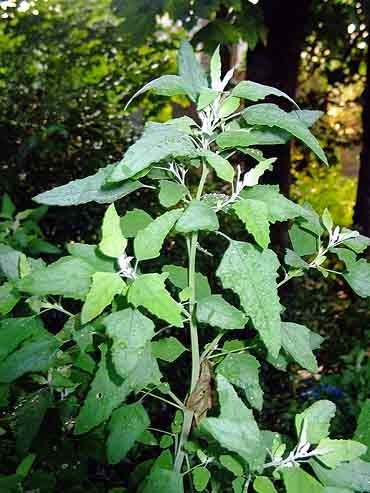About Michael Cooley
Michael obtained his Permaculture Design Certification via Geoff Lawton, PRI, in 2013, and had been a student of Sustainable Agriculture independently for many years prior to obtaining the PDC. He is formally trained in teaching Permaculture and has a Master’s degree in Natural Resources/Agroforestry from the University of Missouri. He also received a Graduate Certificate in Agroforestry from Mizzou in 2018.
His interest in Agroforestry and Permaculture came through an interest in sustainable food production and a desire for nutrient-rich foods. He is particularly interested in Tropical Agricultural Development, perennial food production, and medicinal plants and herbs.
Michael’s experience as a licensed Financial Advisor and a prior career in hospital administration and Human Resources management has given him unique perspectives on the economics of Permaculture Design and the management of inputs.
Michael is presently creating a demonstration site on acreage in the northern Shenandoah Valley of Virginia (temperate climate). Currently, he also consults for agricultural development worldwide, predominantly in Africa.
His ultimate goal is to teach and consult Permaculture and Agroforestry domestically as well as abroad in developing countries where quality nutrition is not readily available. He is available as an agroforestry and permaculture design consultant and lecturer.
Find his LinkedIn Page here:https://www.linkedin.com/in/michael-cooley-b6855437/
Find his Permaculture Global Bio here: http://permacultureglobal.org/users/8798-michael-cooley

So….What’s this Permaculture thing all about? And what is “Agroforestry”?
“Permaculture is the conscious design and maintenance of agriculturally productive ecosystems which have the diversity, stability, and resilience of natural ecosystems. Permaculture is about designing sustainable human settlements. It is a philosophy and an approach to land use which weaves together microclimate, annual and perennial plants, animals, soil, water management, and human needs into intricately connected, productive communities”
– Bill Mollison
“The word Permaculture was coined by Bill Mollison and myself in the mid-1970’s to describe an integrated, evolving system of perennial or self-perpetuating plant and animal species useful to man.
A more current definition of Permaculture, which reflects the expansion of focus implicit in Permaculture One, is ‘Consciously designed landscapes which mimic the patterns and relationships found in nature, while yielding an abundance of food, fibre and energy for provision of local needs.’ People, their buildings and the ways in which they organise themselves are central to Permaculture. Thus the Permaculture vision of permanent or sustainable agriculture has evolved to one of permanent or sustainable culture.”
– David Holmgren
David Holmgren and Bill Mollison cofounded the concepts of permaculture.
Put in my own words,
Think…”Permanent-Culture”
“Permaculture is an ethics based design system that uses natural patterns and processes of God’s creative design as a guide for developing productive and permanent high quality food production and communities, emphasizing water management, sustainability, and the use of natural agricultural systems that require little inputs once established, except to harvest the abundance!”
–Michael Cooley
So what I will attempt to do going forward is give some of the “Why’s” and How’s” of Permaculture. I am hoping to also discuss topics in preparedness from a practical point of view… (like what if we have a major ice storm this coming winter and you cannot leave your electricity-less home for a week for example). I believe those trying to be prepared for hard times would be well served to learn and follow the resilience giving principals provided by Permaculture design.
Agroforestry is the intentional integration of trees, shrubs, and woody plants with crops and livestock. It is following natural patterns to include trees into the food production picture, with the intention of increasing crop or livestock yield and resilience. Agroforestry can regenerate and restore degraded agricultural land, and make productive agriculture more resilient.
“Agroforestry practices help landowners to diversify products, markets, and farm income; improve soil and water quality; and reduce erosion, non-point source pollution and damage due to flooding. The integrated practices of agroforestry enhance land and aquatic habitats for fish and wildlife and improve biodiversity while sustaining land resources for generations to come” (from the Center for Agroforestry website).
Agroforestry practices include Windbreaks and Shelter-belts, Alley-Cropping, Silvopasture, Riparian Buffers, Forest Farming, and Multistrata Agroforestry.
Blog Posts
Juglans Nigra – Eastern Black Walnut- “a neglected gift of nature”
Each year in the fall motorcycle riders on the back roads of the rural east must beware of the tennis ball like fruit of the eastern Black Walnut tree. Hitting the hard green ball can [...]
Chicken of the Wood: Mycelium Fruit that is Food and Medicine
Holly's find...Chicken of the Wood Permaculture Design looks to source trees and plants that can be found local to a property. Oftentimes edible plants grow on a property already, one just doesn't know it. [...]
Gourmet Breakfast from the Homestead
So this morning we decided to enjoy some of the fruits of our labors. Fresh Morels, fresh eggs from the chickens, fresh, sauteed and chopped Ramps, and Urui (Hostas) from our patch. Try not to [...]
Experimenting with Yacon, Part 2
In December of 2014 I contributed a post here on the Tuber producing plant Yacon (Smallanthus sonchifolius). The plant is traditionally grown in the central Andes mountains of South America from Columbia to Northern Argentina. [...]
Beyond Off Grid Summit
Great Opportunity! This is a fantastic [...]
Autumn Olive…Take a second look…it’s a Blessing, not a Curse
AUTUMN OLIVE Autumn Olive , Elaeagnus umbellate-- most widely know as Autumn Olive-- is also called Japanese Silverberry and recently has come into fashion under the moniker Autumn Berry. The shrub is native to Asia, from [...]
5 Permaculture Principles You Should Implement Now
Wednesday, Oct 7th at 9:00pm ET (8pm CT / 7pm MT / 6pm PT) http://beyondoffgrid.com/summit//5-permaculture-principals-you-should-implement-now/?utm_source=NarrowPassagePermaculture&utm_medium=website&utm_campaign=BOGSummitWebinar16_5PermaculturePrinciples&ref=31
The Rice Knife : Garden tool extraordinaire
Rice Knife or Hand Sickle Everyone has their favorite gardening tools. Tools for the garden are important in Permaculture. Permaculture looks for solutions that are resilient and sustainable. Plant and crop working [...]
Lambs Quarters : Get your Super-Food Greens fresh and free
So, if you had access to a free green that has more nutrition than Spinach, was prolific to the point of being considered by most as an irremovable garden weed, has the taste of [...]
Rhubarb – a confused vegetable
Close up of our Rhubarb crop The Author (not usually barefoot) and this year’s Rhubarb growth Yellowish seed head of Rhubarb seen on right [...]
